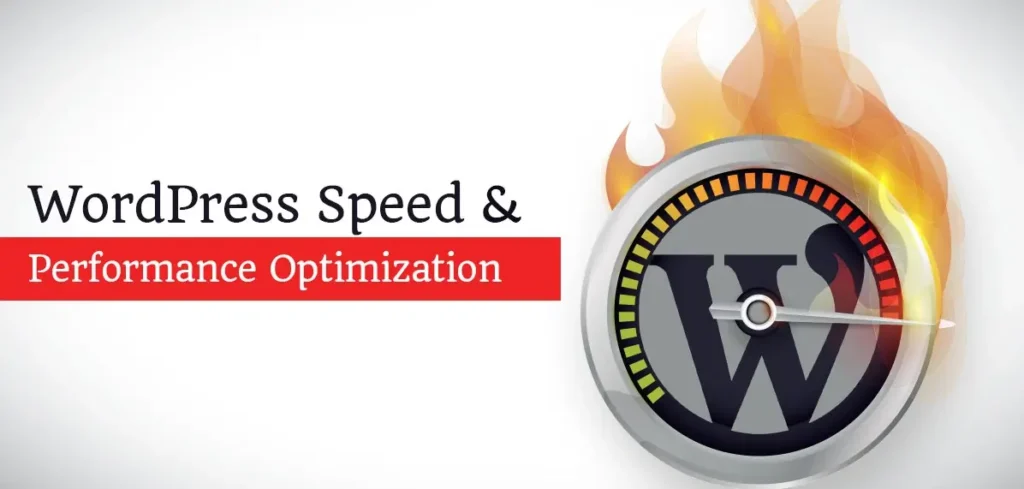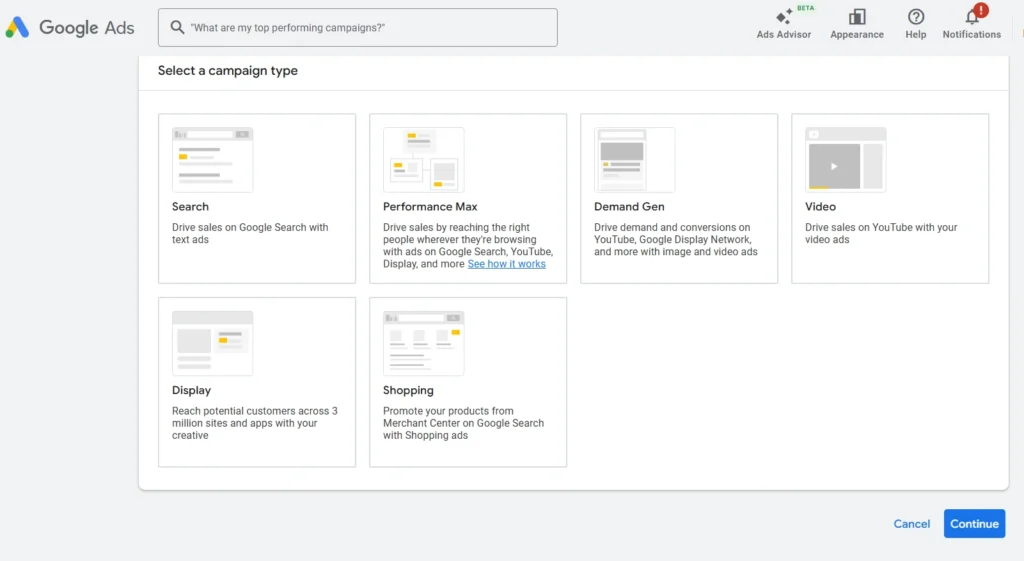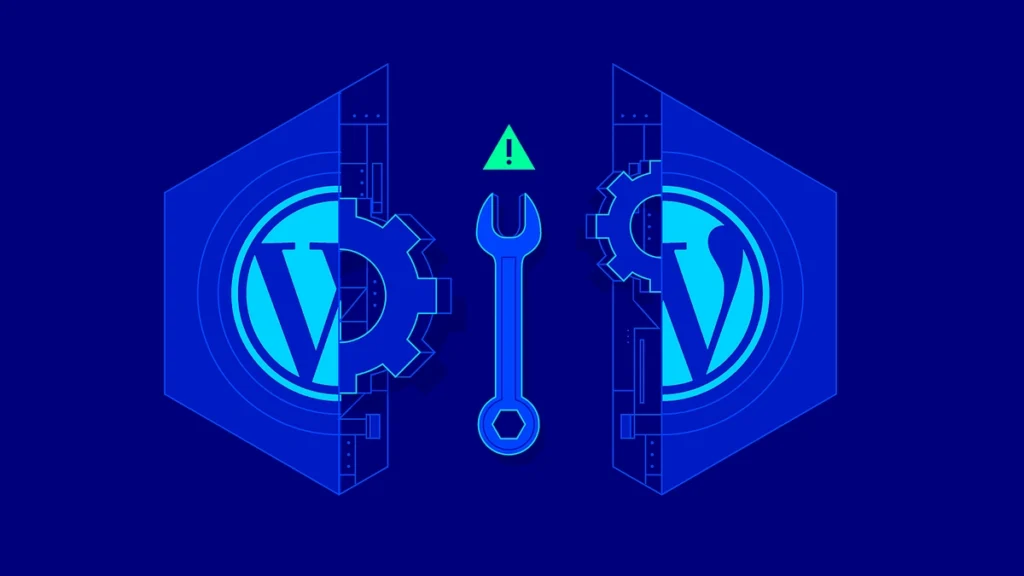Every second counts when it comes to your website. For UK businesses, a delay of just a few seconds can mean lost visitors and missed opportunities. Customers today expect websites to load instantly and perform without issues, no matter what device they are using.
This is where WordPress performance services become essential. They help businesses maintain fast, reliable websites that support user experience, build trust, and drive conversions. A well-performing site does not just look good it delivers results.
Yet, many WordPress websites still face performance problems due to heavy plugins, poor hosting, or unoptimised code.
Let’s explore why speed matters so much for UK customers and how it affects their online behaviour.
Why Speed Matters for UK Customers
UK customers have little patience for slow websites. Studies show that if a page takes more than a few seconds to load, many visitors will leave and look for alternatives.
In competitive industries, this means lost sales and reduced customer trust. Speed is no longer just a technical detail; it directly shapes the way people interact with your business online.
Search engines also consider speed a key ranking factor. Google’s algorithms prioritise fast-loading websites, meaning performance plays a vital role in visibility. For businesses looking to stay competitive in the UK market, ignoring speed can harm both customer experience and online presence.
You can read more about this in our blog on WordPress SEO, where we explain how speed and optimisation go together.
Slow performance doesn’t just frustrate users; it damages trust and makes it harder for customers to even find your website.
Common Causes of Slow WordPress Websites
A slow website is rarely the result of just one problem. In most cases, it’s a mix of different issues that build up over time. One of the biggest culprits is using heavy or outdated themes. These themes often come with unnecessary code, features, and styling options that aren’t needed for your business but still must load on every page, slowing everything down.
Another common issue comes from unoptimised plugins. Plugins are essential for adding functionality, but too many or poorly coded ones can conflict with each other, consume server resources, and harm your site speed. This is why plugin management is so important. You can explore our full guide on plugin optimisation to learn how to handle this effectively.
Large media files are also a major cause of slow websites. High-resolution images and uncompressed videos can take several seconds to load, especially on mobile connections. This not only frustrates users but also makes your site look unprofessional.
Finally, poor hosting environments can bottleneck your site’s performance. Shared hosting with limited resources, or servers that aren’t optimised for WordPress, will keep your site sluggish no matter how well-designed it is.
Understanding these root causes is the first step to improving performance and ensuring your website runs smoothly for every visitor.
Key Elements of Performance Optimisation
Improving WordPress performance is not about one quick fix its about applying several best practices that work together to create a faster, more reliable website.
One of the most effective steps is using caching and content delivery networks (CDNs). Caching stores a version of your site so pages load instantly for visitors, while CDNs deliver your content from servers closer to the user’s location, reducing delays.
Another key area is image optimisation. Large image files can slow down any site, but by compressing them and using next-gen formats like WebP, you can significantly cut loading times without losing visual quality.
Behind the scenes, database clean-up and optimisation also play a big role. Over time, WordPress databases gather unnecessary data like revisions and spam comments. Cleaning these out keeps your site lighter and quicker to load.
Lastly, lightweight and responsive design integration make sure your website is not only fast but also adaptable across all devices. A clean, streamlined design reduces loading times and provides a better customer experience on both mobile and desktop.
Together, these practices build the foundation for a high-performing WordPress website that’s both fast and reliable.
The Risks of Ignoring Performance
When site performance is ignored, the impact on businesses can be serious. A slow website often leads to high bounce rates, where visitors leave before the page even finishes loading. Every second of delay reduces the chance of turning visitors into customers, costing UK businesses valuable leads and sales.
Search engines also penalise slow sites. Google prioritises fast websites in its rankings, meaning poor performance can push your business further down in search results. This makes it harder for potential customers to even find your site, no matter how good your products or services are.
On top of this, slow websites reduce customer confidence. In highly competitive UK industries, users expect quick, seamless experiences. If a site feels outdated or sluggish, it can damage your credibility and push customers towards faster, more responsive competitors.
Investing in speed optimisation is not just a technical upgrade, it directly protects business growth, online visibility, and brand reputation.
Benefits for UK Businesses
For UK businesses, fast and optimised WordPress websites deliver tangible advantages. The most direct benefit is higher conversion rates. When pages load instantly, customers are more likely to complete purchases, sign up for services, or make enquiries without frustration.
Performance also builds trust and improves customer experience. A smooth, reliable site gives visitors confidence in the brand, encouraging them to stay longer and return in the future. This is especially important in digital-first industries, where competition is intense, and customer expectations are high.
Speed optimisation also provides a competitive edge. Businesses with faster sites not only attract more traffic but also keep users engaged compared to slower competitors. At the same time, optimised sites offer flexibility to scale. Whether adding new features, handling higher traffic, or expanding services, performance-focused websites continue to run smoothly without slowing down.
To unlock these benefits consistently, professional optimisation ensures every element of your WordPress site is managed effectively.
How Professionals Deliver Speed & Performance Optimisation
Improving a WordPress website’s speed is not just about installing tools or removing files, it requires expertise and a strategy that aligns with business goals. Professionals understand how to balance performance with functionality, ensuring the site remains both fast and effective.
One of the key areas is safe plugin and theme optimisation. Rather than overloading the site with unnecessary tools, experts streamline functionality and ensure compatibility, reducing risks of slowdowns or conflicts (see our blog on plugin optimisation for more details).
Professional teams also provide ongoing monitoring, updates, and security. This ensures that your site continues to perform at its best as technologies evolve and traffic grows. With dedicated WordPress performance services, UK businesses can rely on a partner that keeps their websites fast, secure, and ready to meet customer expectations.
Unlike quick fixes, professional support ensures long-term results and sustainable growth.
Long-Term Value of WordPress Performance Services
Investing in WordPress performance services is not just about short-term fixes, it’s about building long-term value for your business. A slow site can quickly drive potential customers away, leading to lost sales and missed opportunities. By contrast, performance optimisation is cost-effective, as it protects against revenue loss and ensures customers stay engaged.
Another key advantage is scalability and futureproofing. As new devices, technologies, and customer expectations emerge, a well-optimised website adapts seamlessly. This means you can expand services, increase traffic, or add new features without compromising speed.
Performance also has a direct impact on SEO results. Search engines reward fast, efficient sites with stronger visibility, giving businesses a consistent advantage in competitive markets, something we cover in detail in our blog on WordPress SEO.
Businesses that prioritise optimisation build a strong foundation for sustainable growth and long-term success.
Final Thoughts
A fast website is the foundation of digital success. With WordPress, speed impacts everything, from how much users trust your brand to how well your site ranks in Google and how many visitors turn into paying customers. Ignoring performance can mean falling behind competitors who are optimising for speed.
That’s why WordPress performance services should be a priority, not an afterthought. By making your site faster today, you’re investing in stronger SEO, higher conversions, and long-term growth.
Request a consultation today and see how speed optimisation can unlock your site’s true potential.



